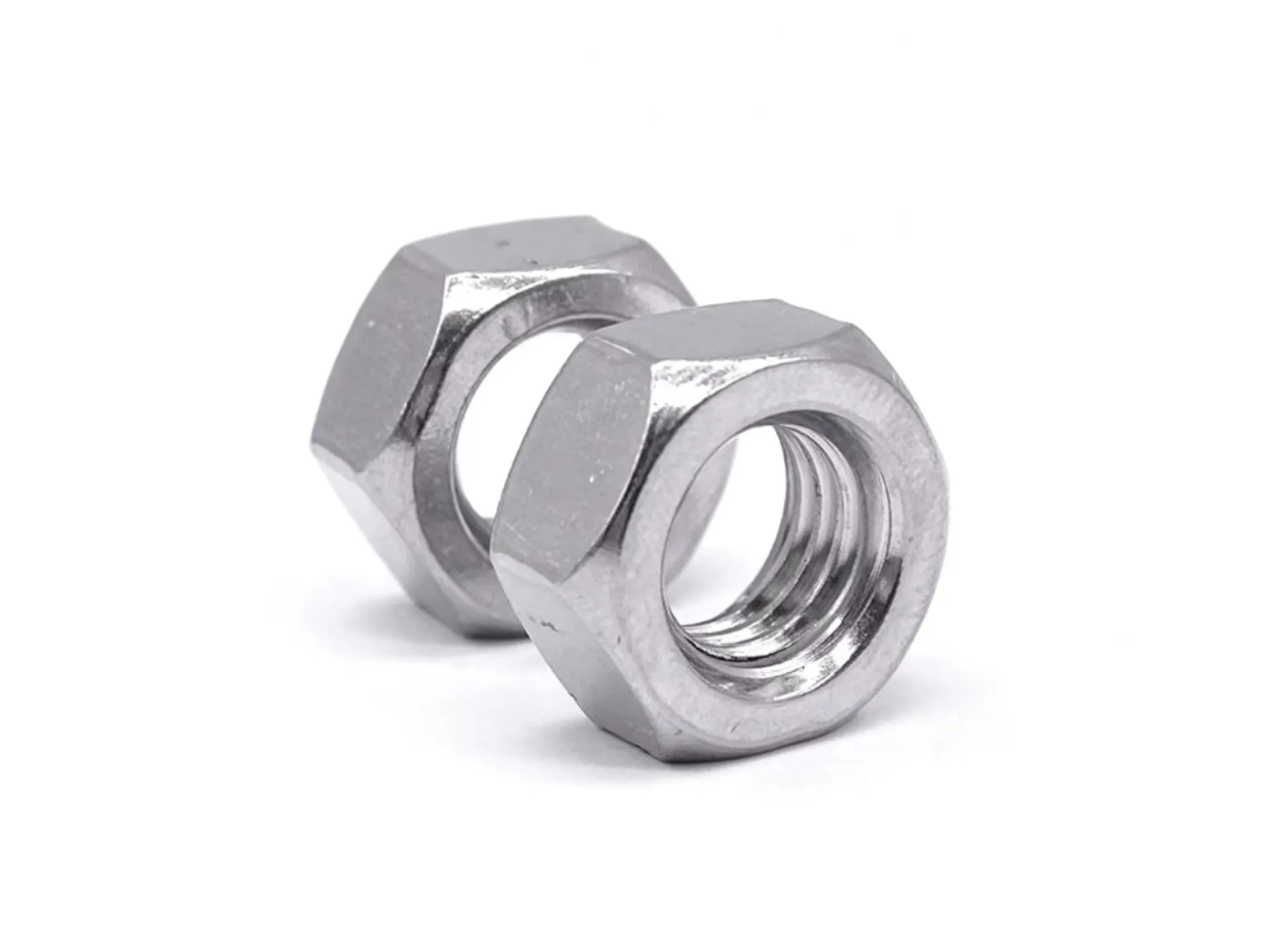

M10 Washers for Reliable Fastening in Your DIY Projects and Repairs
Nov . 28, 2024 02:49 Back to list
M10 Washers for Reliable Fastening in Your DIY Projects and Repairs
Understanding the Importance of M10 Washers in Mechanical Applications
In the world of mechanical engineering and construction, the small components often play a significant role in ensuring the stability and reliability of assemblies. One such crucial component is the M10 washer. As a widely used mechanical element, M10 washers serve pivotal functions that enhance the performance and longevity of machines and structures.
Understanding the Importance of M10 Washers in Mechanical Applications
There are various types of M10 washers, including flat washers, spring washers, and lock washers, each designed for specific applications. Flat washers are the most common type, designed to provide a smooth surface for the bolt head or nut. Spring washers are used in applications where a flexible or locking mechanism is required to secure the fastener under varying loads. Lock washers, on the other hand, are specifically designed to prevent loosening from vibrations, making them ideal for use in heavy machinery or automotive applications.
m10 washer

The material of the M10 washer is also critical to its performance. Washers can be made from a variety of materials, including steel, stainless steel, aluminum, and plastic. Steel washers are often coated to resist corrosion, making them suitable for both indoor and outdoor applications. Stainless steel washers offer higher resistance to corrosion, making them ideal for use in harsh environments, such as marine or chemical applications. Aluminum washers are lightweight and resistant to corrosion, though they may not provide the same load capacity as steel counterparts. Plastic washers are typically used in electrical applications to insulate components or prevent galvanic corrosion between dissimilar metals.
When selecting an M10 washer, it’s essential to consider the specific requirements of the application. Factors such as load capacity, environmental conditions, and potential for corrosion should all influence the choice of washer. Proper installation is equally important; a washer should be placed directly under the fastener, ensuring that it sits flat against both the fastener and the base material to distribute loads effectively.
In summary, the M10 washer is a small yet indispensable component in various mechanical and structural applications. Its ability to distribute loads, prevent damage, and minimize the risk of loosening makes it a vital element in ensuring the durability and reliability of assembled structures. Understanding the types, materials, and proper installation of M10 washers can significantly enhance the performance of mechanical assemblies and contribute to the longevity of the systems they support. As engineering advancements continue, the design and application of washers will likely evolve, but their essential role in mechanics will remain unchanged. Whether in construction, automotive, aerospace, or any other field that relies on reliable fastening, M10 washers are fundamental tools that engineers and builders must not overlook.
Latest news
-
High-Strength Hot Dip Galvanized Bolts - Hebei Longze | Corrosion Resistance, Customization
NewsJul.30,2025
-
Hot Dip Galvanized Bolts-Hebei Longze|Corrosion Resistance&High Strength
NewsJul.30,2025
-
High-Strength Hot-Dip Galvanized Bolts-Hebei Longze|Corrosion Resistance&High Strength
NewsJul.30,2025
-
Hot Dip Galvanized Bolts-Hebei Longze|Corrosion Resistance&High Strength
NewsJul.30,2025
-
Hot Dip Galvanized Bolts - Hebei Longze | Corrosion Resistance, High Strength
NewsJul.30,2025
-
High-Strength Hot Dip Galvanized Bolts-Hebei Longze|Corrosion Resistance, Grade 8.8
NewsJul.30,2025

